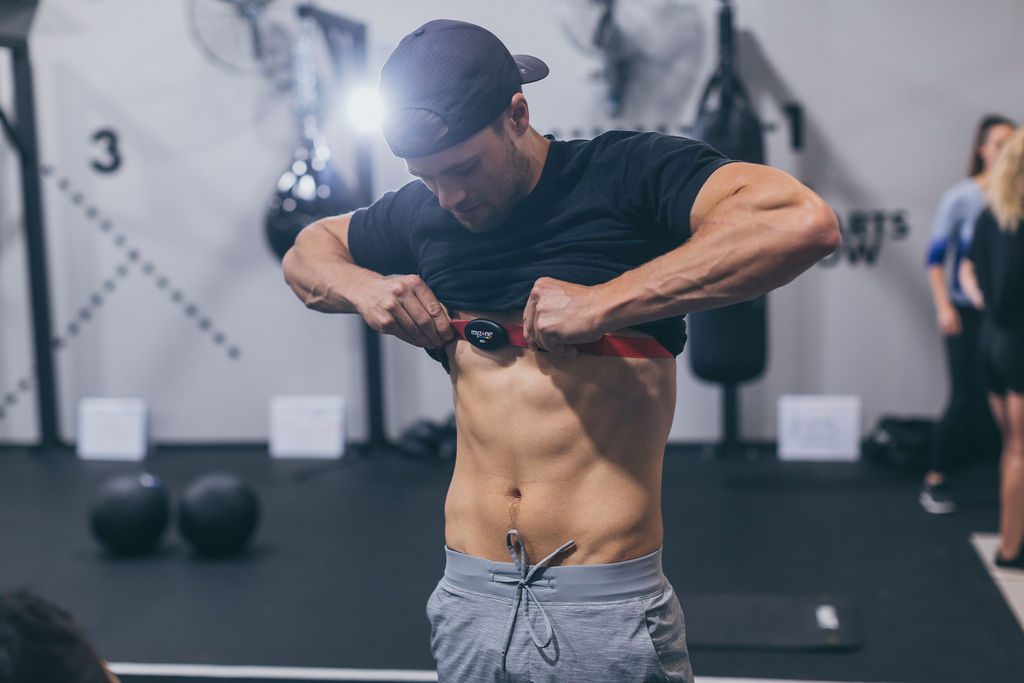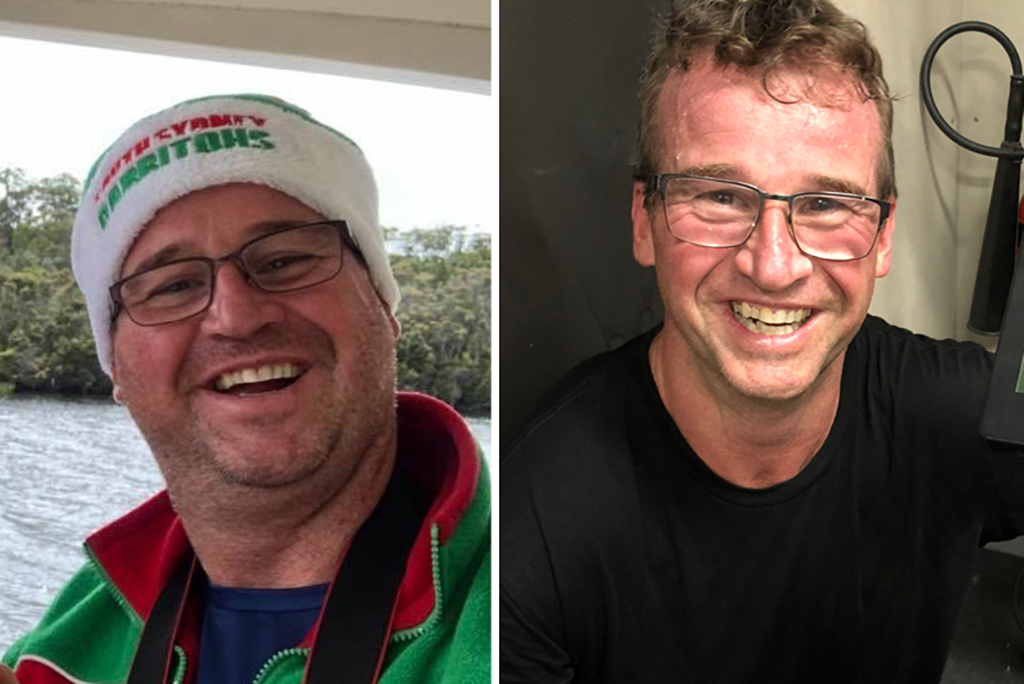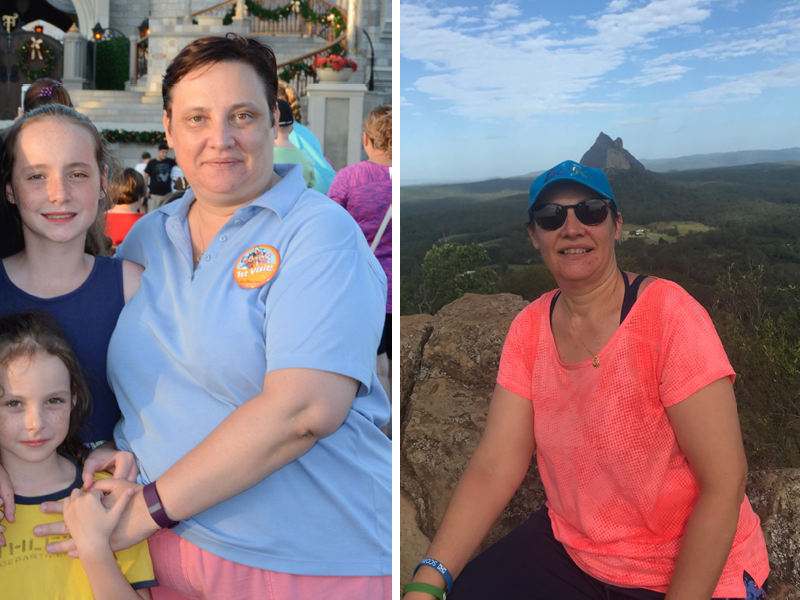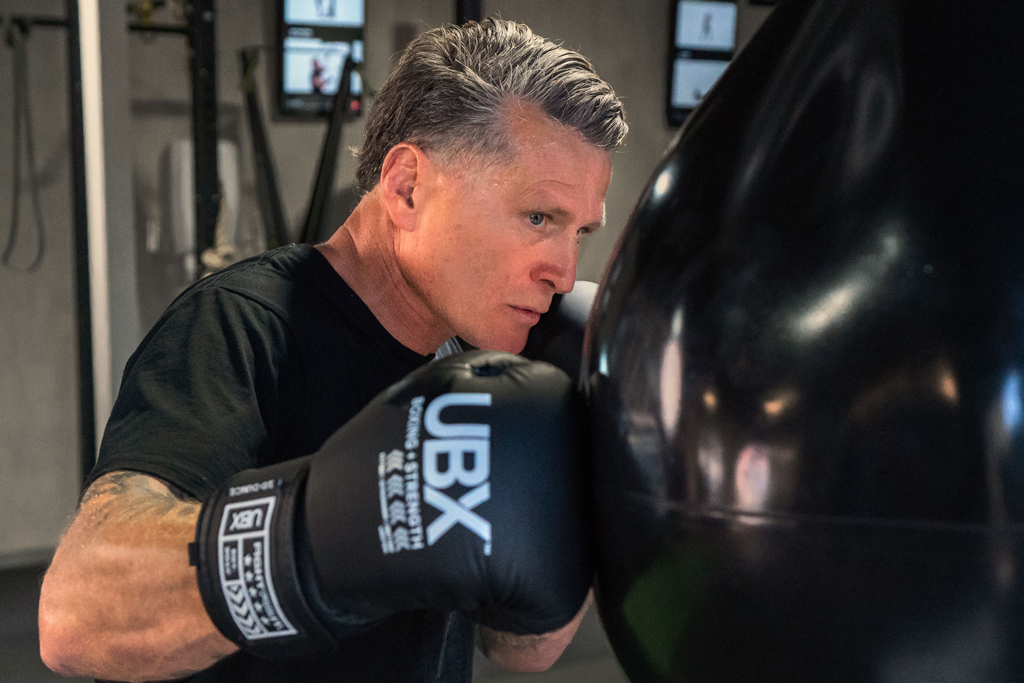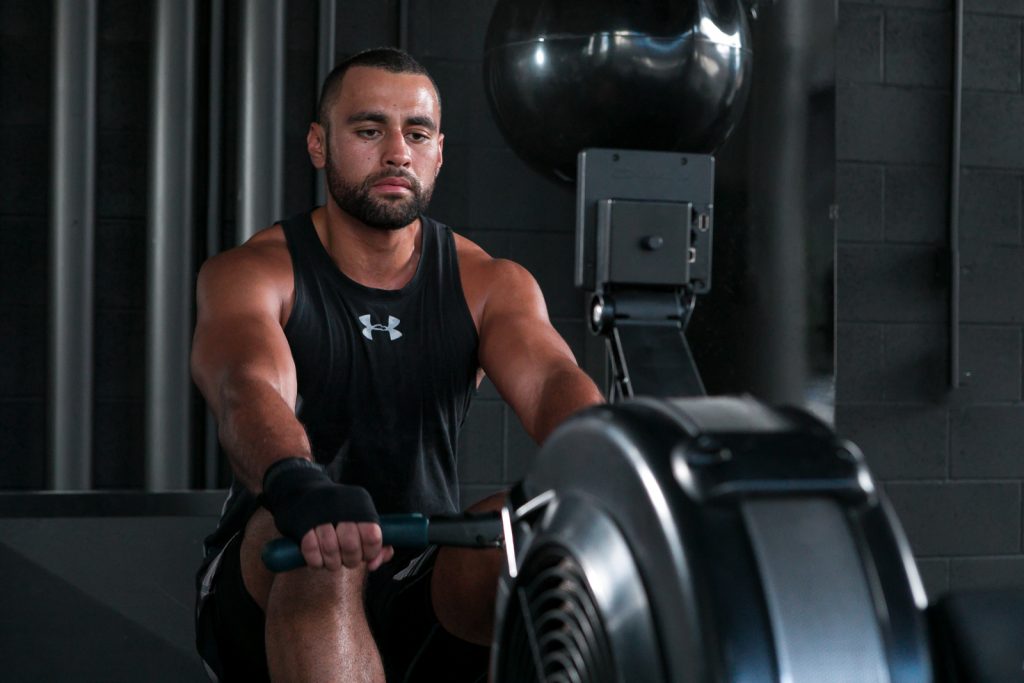When it comes to tracking your progress, there are a number of ways to develop a more comprehensive understanding of how your body changes over time as unique to you, and they don’t necessarily involve the numbers on the scale.
Every body is different, we all have a unique genetic code that determines how our body adapts to changes in our fitness and nutrition, our body shape, and our individual ability to lose weight, gain muscle and shed body fat. Therefore, it’s important that we obtain a number of variables that help us track progress on a bigger scale.
To achieve sustainable, long-term change and an overall healthier outlook on progress, we recommend for our members to focus on these three key areas:
Body Composition
Tracking your progress using just body weight, whether kilograms or pounds, can be very deceptive; our body weight often fluctuates based on time of day, volume of water, and for females, can be impacted by hormonal cycles. Although using the scales regularly, at the same time of day, before meals, after going to the toilet, can help to provide a basic understanding of change over time, body composition is far more effective.
Body composition is the analysis of your body’s total weight broken down into muscle mass and body fat, and can also include skeletal mass, percentage of water and other metrics that give you a more comprehensive understanding beyond just your weight.
We encourage our members to aim for an ongoing increase/maintenance of Muscle mass, and an ongoing decrease/maintenance of body fat, rather than looking at body weight alone. This is a healthier approach psychologically also, because while you’re increasing your physical activity and introducing a healthier nutritional balance into your diet, your body weight could still continue to increase, but in fact you’re replacing body fat with muscle. These changes can also start to occur before you begin to notice any aesthetic changes.
Over time, as our members continue replacing fat with muscle, their ideal weight can continue to change also. Hence, greater emphasis is placed on these individual metrics rather than overall weight.
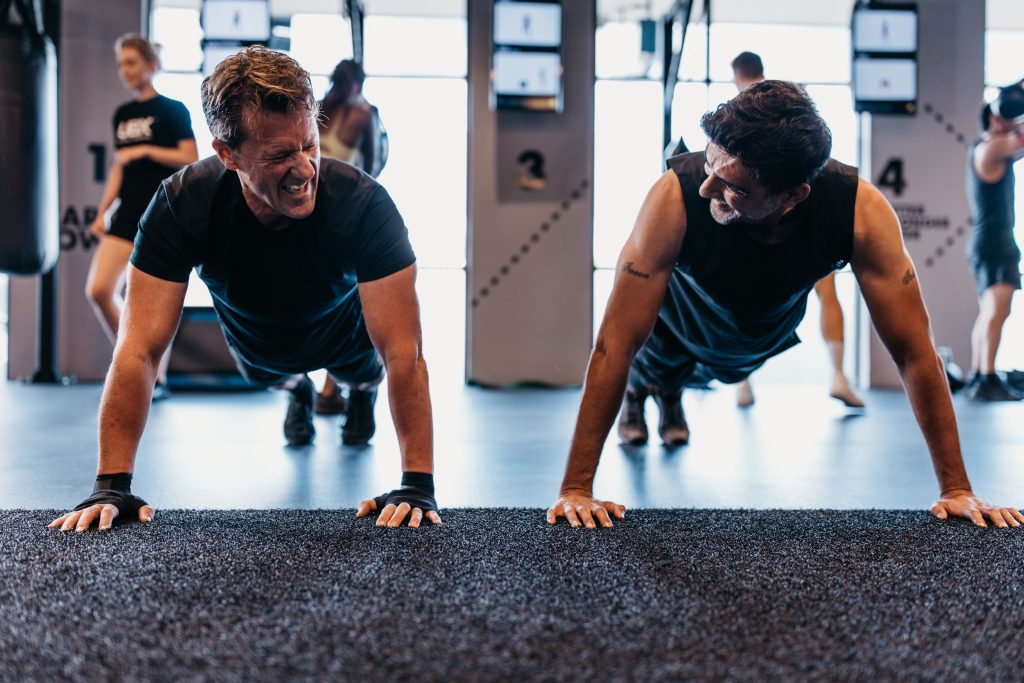
Athletic Capacity
Athletic Capacity can improve in a number of ways, from running faster, jumping higher, training longer or lifting heavier. It’s demonstrated in our overall fitness, endurance and power. We set Fitness Benchmarks for our members that they complete within their Training Camp, a 6 week challenge in which they receive Training, Nutrition and Mindset guidance to achieve their goals. These Fitness Benchmarks are completed at the start and finish of our 6 week camp to track how members improve in their Athletic Capacity over time.
Out Fitness Benchmarks track:
- Anaerobic Conditioning
- Muscular Endurance
- Power
Each of these areas has a specific challenge that needs to be completed, where members track their results and compare them. This is an important exercise because we need to remember that progress doesn’t always have to be appearance-based. We believe that it is vital towards long-term health and wellbeing for our members to focus on how their ability improves over time.
Read the article
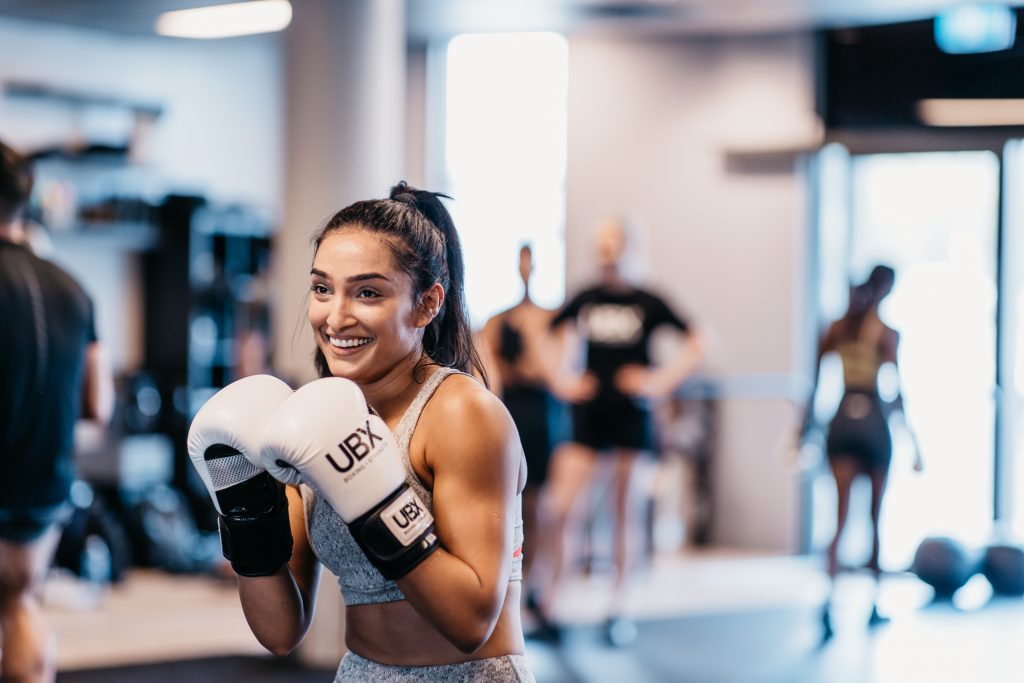
Physical Evidence
It’s easy for our efforts to go unnoticed when progress is a long-term journey and change happens over time, rather than in an instant, so it’s important to document that journey and reflect back. We encourage our members to look at two areas of their progress, in addition to their body composition and athletic progression:
- Before + After photos
- Clothing
Taking photos on a weekly, or periodical basis allows you to compare your aesthetic transformation and clearly see what you may not have noticed in the mirror over time. You can also look at areas of your body that you don’t see often, like your sides and back. Every body transforms differently, you may start to see muscle definition and fat loss in certain areas before others, because fat loss doesn’t happen in targeted areas of the body.
Similarly, it’s important to take notice of how your clothes feel on your body over time: how a pair of jeans fit on your waist, how your sleeves feel around your arms, how a shirt feels over your midsection. As noted with Body Composition, you may not have changed in terms of overall body weight, but because you have dropped body fat and gained muscle mass – which is more dense than fat – your body will be more toned and therefore fit into clothes differently.
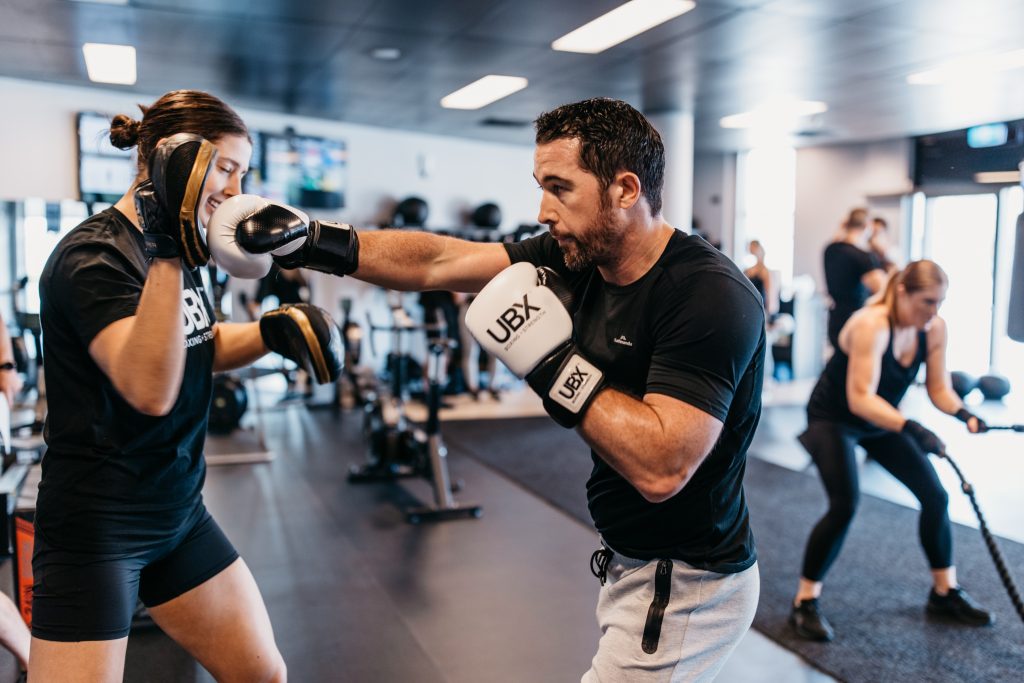
Key takeaways
- Look deeper than the numbers on the scale
- Remember that every body is unique and progress looks different for everyone
- Track your progress using Body Composition, Athletic Capacity and Physical Evidence of your journey
